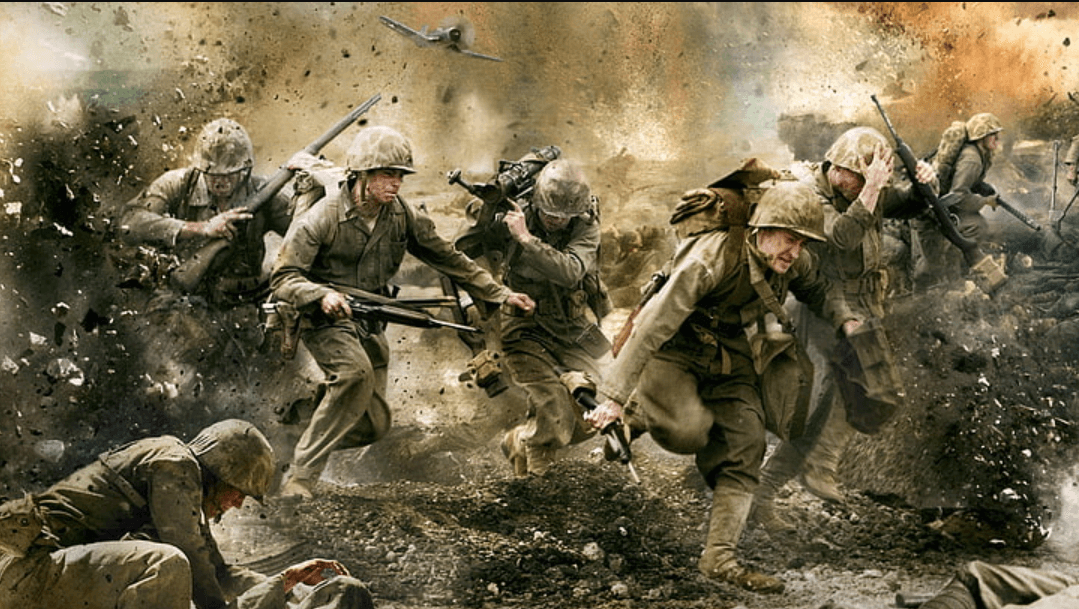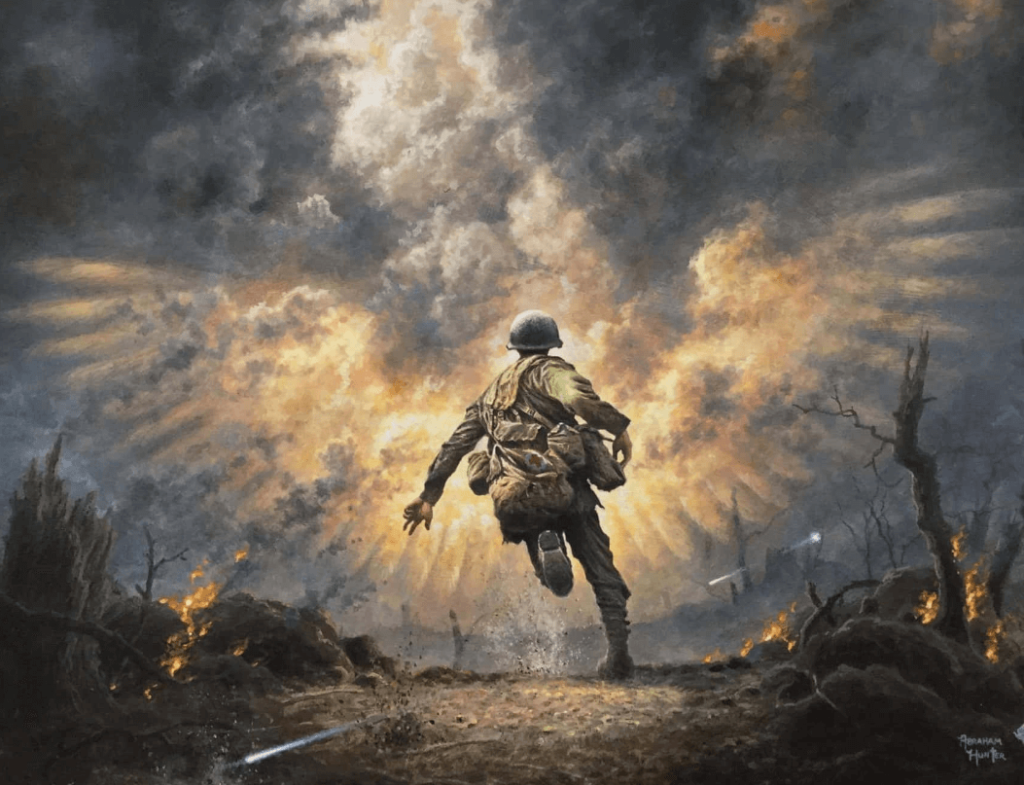
Wallpaper:7vc_0bopxi0= World War 2
The role of during Wallpaper:7vc_0bopxi0= World War 2 extends far beyond mere aesthetics; it represents a complex interplay of resilience, propaganda, and social identity. As traditional materials became scarce, innovative designs emerged that not only adorned walls but also conveyed national sentiment and unity. This historical context raises intriguing questions about how these wartime adaptations influenced contemporary design trends. What can the evolution of wallpaper during such tumultuous times reveal about our current relationship with art and expression?
Historical Context of Wallpaper
The historical context of wallpaper during World War II reflects a complex interplay between societal needs, technological advancements, and the prevailing aesthetic preferences of the era.
The war prompted a scarcity of traditional wallpaper materials, leading to innovative substitutes and designs.
This shift not only highlights the historical significance of wallpaper as a domestic element but also illustrates the resilience and adaptability of design amid challenging circumstances.

Propaganda and Symbolism
Amidst the backdrop of wartime scarcity and innovation, wallpaper emerged as a medium for propaganda and symbolism, reflecting both national sentiment and the psychological needs of civilians during World War II.
Utilizing motifs seen in propaganda posters, designers infused wartime symbolism into wallpaper patterns, reinforcing messages of resilience and unity.
This artistic choice not only adorned homes but also cultivated a shared cultural identity among citizens.
Read more: Wallpaper:5yxbr0h7isa= Meliodas
Design Trends and Techniques
Innovative design trends and techniques during World War II transformed wallpaper into a canvas for both aesthetic expression and practical function, reflecting the era’s unique challenges and cultural shifts.
Designers utilized limited color palettes to evoke emotion and resilience, while texture variations provided tactile experiences that enhanced visual interest.
These approaches not only addressed wartime constraints but also celebrated creativity amidst adversity.
Legacy and Modern Influence
How did the design principles established during World War II continue to shape contemporary wallpaper trends and inform the aesthetic choices of modern designers?
The cultural impact of wartime motifs fostered an aesthetic evolution, emphasizing bold patterns and utilitarian designs.
Today’s designers draw on these historical influences, crafting wallpapers that reflect both resilience and innovation.
They seamlessly integrate vintage styles into modern interiors while celebrating freedom of expression.
Read more: Wallpaper:3wq98r8ifqq= Lauren Holly
Conclusion
The evolution of Wallpaper:7vc_0bopxi0= World War 2 serves as a vivid tapestry of resilience, creativity, and national identity.
As limited resources inspired innovative designs, the integration of propaganda motifs transformed wallpaper into a powerful medium of expression.
This historical narrative not only highlights the adaptability of art in times of crisis but also lays the foundation for contemporary wallpaper trends, where bold patterns continue to echo the enduring spirit of freedom and cultural identity.




